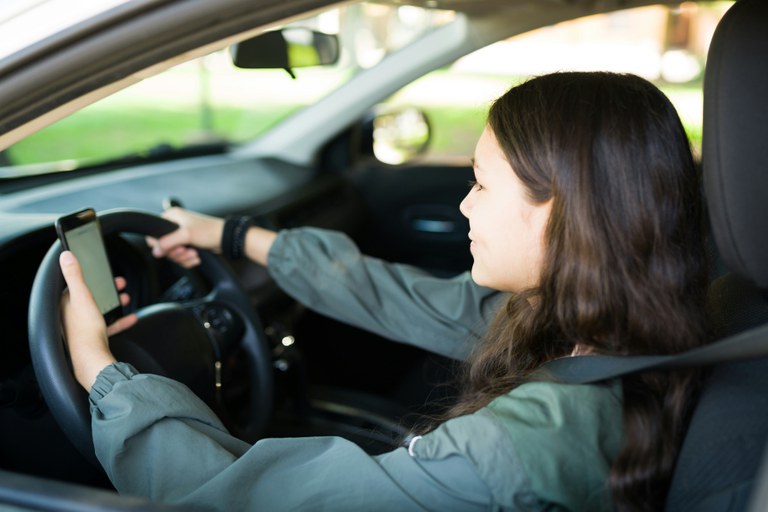A novel technological approach to preventing distracted driving (ScienceDirect)
Shift into Safe News
Several factors increase crash risk for teen drivers, including vulnerability to distraction and increased propensity to engage in risky driving behaviors such as smart phone use while driving, or SPUWD. The current study evaluated the efficacy of an augmented LifeSaver smartphone app in reducing SPUWD among teen drivers and their parents.
Method: Objectively collected app data and survey data were used to evaluate the app’s effectiveness in reducing SPUWD and its usability and acceptability among teen drivers and their parents.
Traffic-related injuries and fatalities remain a major health risk in the United States, and smart phone use while driving (SPUWD) significantly increases the risk for a motor-vehicle crash (AAA, 2021). Teen drivers, 95% of whom report owning a smartphone, account for a disproportionate number of these distracted driving deaths and crashes (Vaterlaus et al., 2021). Teens are also the age group most likely to use a smartphone while driving, with 52% of U.S. drivers ages 18 to 29 reporting texting or e-mailing while driving at least once in the last 30 days (Porter, 2010).

Data collected by the LifeSaver app revealed no significant decrease in overall SPUWD, however parents spent significantly less time using social media apps while certain features of the app were enabled. Conclusions: Parents expressed reluctance to change their own distracted driving behavior but preferred that their teens not engage in that same behavior. This important finding suggests that anti-distracted driving interventions must target not only teens but families as a whole.
